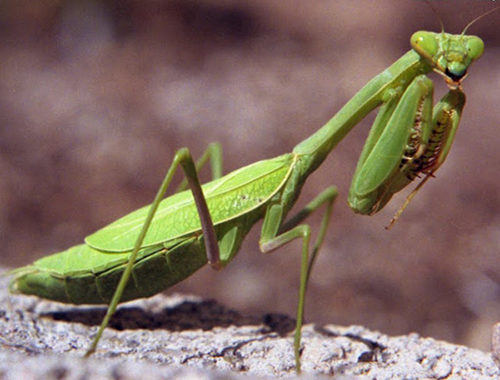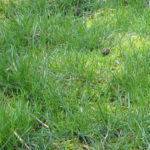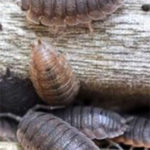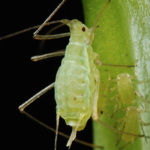
Praying Mantis Pest Control
Praying Mantis Information and Pest Control Insects in the Garden
 Praying mantises are one of the common creatures found in any garden. They are carnivorous creatures and feeds on insects, insect eggs, mites, caterpillars, beetles, aphids. They do not eat plants. So, praying mantises are beneficial to a certain extent to the gardeners. When at rest, praying mantis keeps its front legs in folded praying position and this is how the praying mantis gets its name. They measure about 2-4 inches and are usually green or brown in colour. It has a triangular head, neck and a long thorax. They can easily camouflage by attaching them to green plants, bark or wood. Mantis can lay hundreds of eggs at a time in the egg case. It can turn its head in 180 degrees. Praying mantis waits for their prey and when the prey reaches near, it snaps the prey at lightning speed using front legs.
Praying mantises are one of the common creatures found in any garden. They are carnivorous creatures and feeds on insects, insect eggs, mites, caterpillars, beetles, aphids. They do not eat plants. So, praying mantises are beneficial to a certain extent to the gardeners. When at rest, praying mantis keeps its front legs in folded praying position and this is how the praying mantis gets its name. They measure about 2-4 inches and are usually green or brown in colour. It has a triangular head, neck and a long thorax. They can easily camouflage by attaching them to green plants, bark or wood. Mantis can lay hundreds of eggs at a time in the egg case. It can turn its head in 180 degrees. Praying mantis waits for their prey and when the prey reaches near, it snaps the prey at lightning speed using front legs.
Using Praying Mantis for Pest Control
The appetite of praying mantis for the insects makes it a good biological control for harmful insects in your garden. They do not cause any harm to your garden plants or flowers and buds and a safe way to control pests. In the present day, organic garden farmers are using the praying mantis eggs available for sale to control the pests in their garden. When the eggs of praying mantis hatch, they resemble the adult mantises. For about 5000 square feet of land area, three egg cases are more than enough. You can place the egg cases on plants. When placed on the ground, the nymphs are easy prey for the ants. Any application of chemical pesticides can wipe out the mantis population in your garden. There are garden centres and online stores that sell praying mantis egg cases. Place the egg cases on trees and shrubs where they receive a good amount of sunlight. The mantis eggs require warm conditions to hatch. The egg cases can hatch within 10-15 days if the conditions are favourable.
The Downside of Using Praying Mantis for Pest Control
It is not possible to achieve 100% pest control by using mantis for pest control.
- The birds and bats are predators of the mantises and many of them get eaten by the predators and this further decreases the efficiency of pest control.
- If the food supply is low praying mantises tend to migrate to new areas where insects are plentiful.
- Another major drawback of using these cannibalistic and carnivorous insects for pest control is that they also capture and feed on useful insects like butterflies, ladybugs, other praying mantises and honey bees which help in the pollination of flowers in the garden.
You need to use this beneficial insect along with other biological or natural pest control methods to make it more effective.
How to attract Praying Mantis to your garden?
Praying mantis cannot withstand the chemical pesticides and they thrive well in gardens using organic pest control practices. They especially like plants belonging to the rose and raspberry family and areas covered with tall grasses. So, prepare your garden in such a way to provide suitable hiding places for these beneficial insects.

























